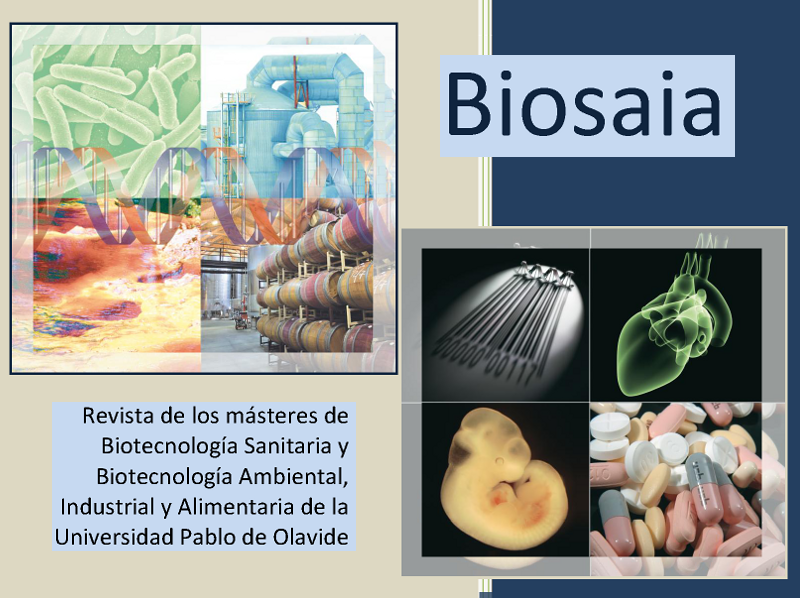Development of the technique of isoelectricfocusing and immunodetection of immunoglobulin A in the healthcare context as support for the diagnosis of Multiple Sclerosis
Palabras clave:
mmunoglobulin A, isoelectric focusing, cerebrospinal fluidResumen
Motivation: Multiple sclerosis (MS) is characterized by demyelination and subsequent degeneration of myelin sheaths that line the axons of neurons, producing multifocal and temporarily dispersed damage to the central nervous system (CNS) [1] that leads to neuronal damage and axonal loss [2]. MS is a complex disease in which the exact etiology remains unknown, although our current understanding of the natural history of MS and its immunopathogenesis points to an immune deregulation resulting from an interaction between genetic predispositions and environmental factors [2]. Given this uncertainty, there is a need for the identification of biomarkers in both cerebrospinal fluid and peripheral blood that help us to have a more complete view of the disease, and at the same time could contribute to a faster and more accurate diagnosis. This project arises from the importance and need to study immunoglobulin A as a biomarker for MS.
Methods: Isoelectric focusing is one of the most powerful techniques used to solve complex mixtures of proteins [2].
The main objective of this project is the development of the isoelectroenfocusing and immunodetection technique for oligoclonal bands of immunoglobulin A and the IgA reduction protocol [3][4] to establish a subsequent relationship between patients diagnosed with MS and intrathecal secretion of immunoglobulin A.
Results: For the implementation of the technique, a set of cerebrospinal fluid (CSF) samples previously extracted by lumbar puncture were selected, presenting the patient with a diagnostic suspicion of demyelinating disease, and presenting a high quantification of intrathecal secretion of IgA, routinely carried out in the Clinical Biochemistry Unit, immunology laboratory. A total of 23 samples were selected based on IgA concentrations in both CSF and serum.
Conclusions: It should be noted that today the CSF remains the most interesting fluid for the study of degenerative neurological diseases. The CSF is the best representative of the clinical manifestations that are confined to the central nervous system, hence its characterization is, increasingly, of high interest for a more accurate diagnosis. With this set-up it is intended to give new information to the clinician to help diagnose the disease. Its value as a marker of the disease will be derived from subsequent observations and studies that clinicians perform in their cohort.
Descargas
Citas
[2] B. I. Yamout and R. Alroughani, “Multiple Sclerosis,” pp. 212–225, 2018.
[3] F. Chiodi, Å. Sidén, and E. Ösby, “Isoelectric focusing of monoclonal immunoglobulin G, A and M followed by detection with the avidin‐biotin system,” Electrophoresis, vol. 6, no. 3, pp. 124–128, 1985, doi: 10.1002/elps.1150060305.
[4] K. B. Elkon, “Isoelectric focusing of human IgA and secretory proteins using thin layer agarose gels and nitrocellulose capillary blotting,” J. Immunol. Methods, vol. 66, no. 2, pp. 313–321, 1984, doi: 10.1016/0022-1759(84)90343-0.





